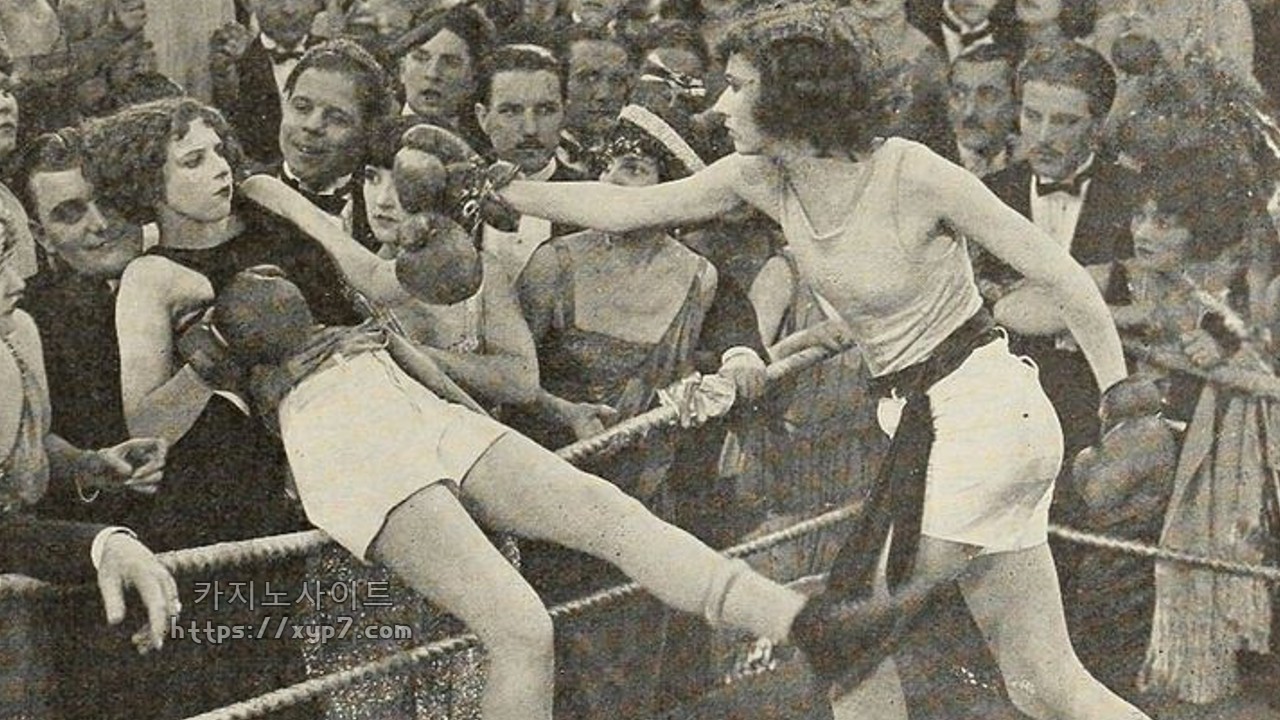
Little Things About Women’s Boxing
In ancient times, women did not compete in boxing (or most other sports). Women boxers were a rarity in the modern era, competing in tournaments hosted in London during the 1700s. Women’s boxing was offered as a showcase event at the 1904 Olympics. Women did not begin to train seriously for the ring and fight until the 1970s, albeit they had a tough time finding matches and earning acceptance from the boxing establishment.
The 1980s fitness craze, on the other hand, aided in making boxing more accessible to women. Gender discrimination lawsuits have also aided the growth of women’s boxing, particularly in the United States. Lawsuits filed against organizations such as USA Boxing and the Golden Gloves Tournament by women seeking the right to play in amateur contests opened floodgates of opportunity for female athletes, regardless of the outcome of the particular suits. Women’s amateur boxing was sanctioned by USA Boxing by 1993, and the AIBA followed suit in 1994.
Women were also permitted to box in Canada and a number of European countries in the 1990s, including Russia, Norway, Denmark, Sweden, Finland, and Hungary, and the Golden Gloves organization expanded its tournament to women. At the London 2012 Olympics, women’s boxing became an official Olympic sport. Women in amateur boxing follow the same rules as males, with a few exceptions: the rounds are shorter, and women wear breast protectors, with groin protection optional.
Related: How Does Golf Scoring Work
Female fighters have found professional boxing to be as difficult. Promoters such as Bob Arum and Don King began advertising female fighters in the 1990s, although the skill level of most female boxers has remained much below that expected of professionals. The daughters of notable fighters have competed in the sport, including Laila Ali (Muhammad Ali), Jacqui Frazier-Lyde (Joe Frazier), and Irichelle Durán (Roberto Durán), overshadowing the few accomplished female boxers such as Lucia Rijker and Christy Martin in terms of exposure and purses. It remains to be seen whether women’s professional boxing will evolve beyond curiosity.
Men-on-men fights have been significantly less common and have sparked far more controversy than women-on-women fights. The state of Washington’s Department of Licensing for Boxing sanctioned a male-female boxing contest in 1999.
There is no universally acknowledged controlling body in world professional boxing. This situation began in the United States in 1920, with the formation of two organizations: the National Boxing Association, a private organization, and the New York State Athletic Commission, a state entity. Due to the division of power, competing organizations occasionally recognized different boxers as world champions at the same time. The International Boxing Union ruled Europe until 1948, when it was renamed the European Boxing Union.
Several attempts were made later to persuade all major professional boxing organizations to agree to the formation of a single international governing body, but none were successful. The World Boxing Council (WBC) was created in the early 1960s, and the National Boxing Association changed its name to the World Boxing Association (WBA). The International Boxing Federation (IBF) was founded in 1983, further complicating an already complicated situation. Since the 1980s, most weight categories have had three so-c
The absence of a unified regulating body has also impeded efforts to reform boxing. Because of the sport’s chaotic organization, it is nearly impossible to implement safety measures, such as requiring stringent qualifications for ringside physicians, or to address systemic issues that lead to corruption, such as the practice of allowing those who promote a fight to manage one or both of the boxers involved in that fight. If a promoter or boxer is prohibited from fighting in one jurisdiction, the fact that the bout can be shifted to another venue governed by a different group makes it simple to dodge laws. The popularity of boxing in the nineteenth and early twentieth centuries led to the establishment of weight classes.
Men’s boxing has typically had eight weight classes. More weight classes were introduced, and professional regulatory bodies currently recognize a total of 17 weight classes, which were given their current titles by major boxing organizations in 2015.
Weight constraints must be carefully adhered to in all world and national title fights, though fighters are frequently permitted by contract to weigh-in the day before a fight. If a boxer exceeds his weight limit, he is usually given a short suspension.
An effective offense is based on the ability to throw punches fast and tactically in order to penetrate the opponent’s guard. Defensive techniques include parrying or warding off punches with upraised arms and gloves, moving the head evasively up and down (“bobbing”) and side to side (“weaving”), and bending or twisting the head and upper body out of the way of the attack. Both offense and defense rely heavily on footwork. The two widely accepted positions are “orthodox” and “southpaw.” The former has the left hand and left foot forward, whereas the later has the right hand and right foot forward—the forward foot or hand is known as the lead.
Related: Golf Betting Tips
Boxers who use orthodox stances are usually right-handed and rely on that hand for power, while using the left hand to jab and hook; the opposite is true for southpaw boxers, who are usually left-handed. The lead hand is stretched forward in front of the body in any stance, and the other hand is held near the chin for protection, the chin is tucked into the chest, and the shoulders are hunched. Individual differences exist.
The four basic punches are the jab, hook, uppercut, and straight right (straight left for a southpaw), sometimes known as a “cross.” All additional punches are variations on these fundamental punches.
The jab is a straight blow struck with the lead hand from the shoulder, whether thrown from an orthodox or southpaw posture. The hook, which is also thrown with the lead hand, is a brief lateral movement of the arm and fist, with the elbow bent and the wrist turned inward at the moment of impact. The uppercut is an upward blow thrown with either hand from the toes. The straight right or left is delivered with the back hand at shoulder level, commonly as a follow-up to a jab with the other hand.
All you need to get started are a pair of trainers, a nice sports bra, and comfortable training attire. It is recommended that you purchase your own bag gloves; however, most clubs will lend you a pair on your first visit. Bag gloves are affordable 카지노사이트 추천 and widely accessible in sporting goods stores. Boxer boots, a club vest, and boxing shorts are required for competition. Hand bandages for protection are also required. Hair should be held back or wrapped in a bandana, scarf, or hair net. Boxers with long hair must plait it and use a bandana or hair net during competition; hair grips are not permitted for safety reasons. Boxers must always wear a mouthguard and protective hand bandages whether sparring or competing.
The England Boxing Women’s Winter Box Cup, the UK’s first female-only boxing event of its kind, was held in December 2018 at the George H Carnall Centre in Urmston, Manchester.
Its popularity and success (more than 160 boxers competed) demonstrated the hunger for women’s boxing in England and a number of other countries, and the event has since become a regular fixture on the boxing calendar.


Excellent post you have shared, kind of professional you are! Loved your whole website and content quality. 먹튀검증
Thanks for providing great informative blog, keep posting.
카지노사이트넷
It’s actually a great and useful piece of information. I am glad that you shared this helpful info with us. Thanks for sharing.
카지노사이트킴